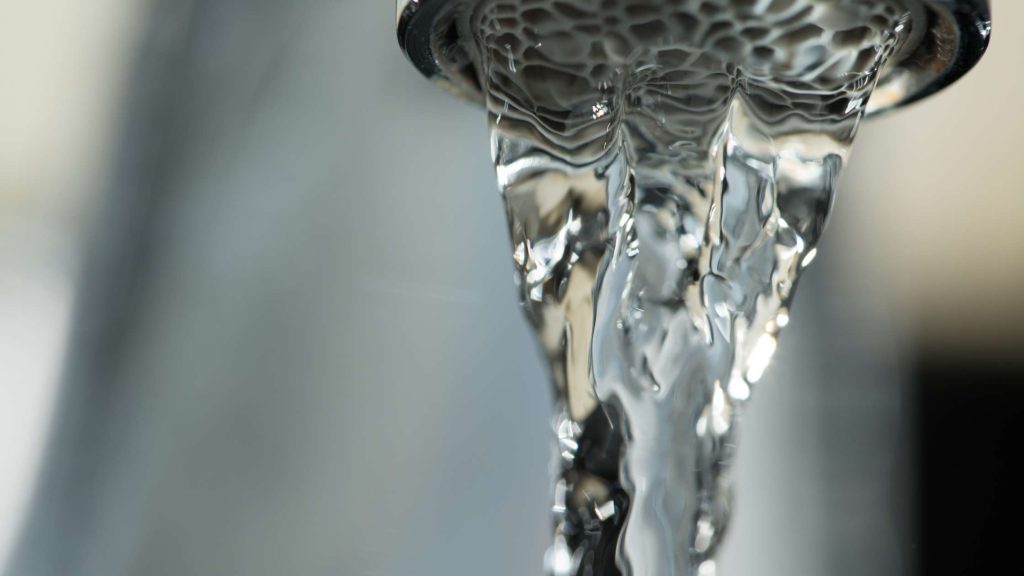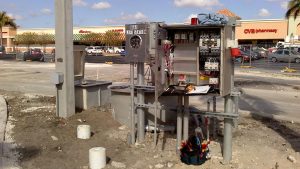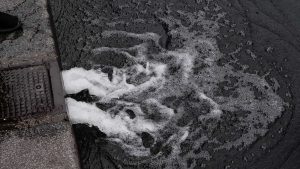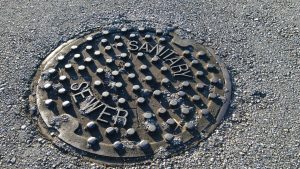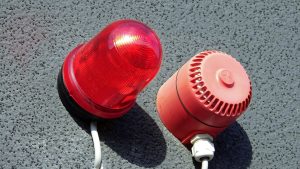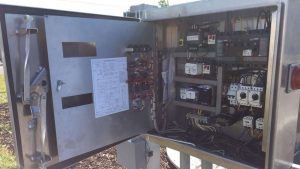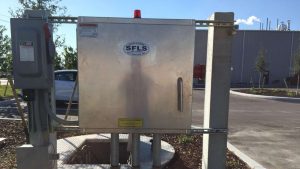Are you the one responsible for maintaining a lift station? If so, you need to follow the best practices to ensure smooth operation.
In this article, we will explore the top five maintenance practices recommended by South Florida Lift Stations Inc., a trusted provider of lift station products and services. By implementing these practices, you can keep your lift station in tip-top shape.
From regular inspection and cleaning to proper pump and motor maintenance, we will cover it all. So, let’s dive in and discover the key practices for lift station maintenance.
Regular Inspection and Cleaning
To ensure optimal performance and prevent potential issues, regularly inspect and clean your lift station.
Regular inspections are essential to identify any signs of wear and tear, leaks, or blockages that may affect the functionality of your lift station. By conducting routine checks, you can address any problems early on and avoid costly repairs or replacements in the future.
Additionally, cleaning your lift station on a regular basis is crucial to maintain its efficiency and prevent the buildup of debris or sediment that can clog the system. Use appropriate cleaning agents and equipment to thoroughly clean all components, including pumps, pipes, and valves.
Proper Pump and Motor Maintenance
Maintain the optimal performance of your lift station by properly maintaining the pumps and motors. Regular maintenance of these components is essential to prevent breakdowns and ensure efficient operation.
Start by inspecting the pumps and motors for any signs of wear or damage. Check for leaks, unusual noises, and vibrations. Clean the pump impeller and motor cooling fins to remove any debris that may affect their performance. Lubricate the motor bearings and ensure they’re properly aligned.
Regularly monitor the pump and motor’s temperature and pressure levels to identify any potential issues. Additionally, keep a record of all maintenance activities, including dates and any repairs or replacements performed.
Adequate Grease and Oil Management
To ensure efficient operation and minimize the risk of breakdowns, it’s important for you to effectively manage the grease and oil in your lift station.
Adequate grease and oil management is crucial to maintaining the performance and longevity of your equipment. Regularly inspecting and monitoring the levels of grease and oil in your lift station is essential.
Excessive buildup of grease can lead to clogged pipes and decreased efficiency, while insufficient lubrication can cause excessive wear and tear on the moving parts of your system.
Implementing a routine maintenance schedule that includes grease and oil management will help you identify and address any issues before they escalate into costly repairs. Remember to properly dispose of used grease and oil in accordance with local regulations to prevent environmental contamination.
Effective Odor Control Measures
Implementing five effective odor control measures is crucial to ensure the proper maintenance and operation of your lift station.
1. Regularly clean and disinfect the lift station: This step involves removing any accumulated organic matter and bacteria that contribute to foul odors. By following a regular cleaning and disinfection schedule, you can prevent the buildup of odorous substances.
2. Install a ventilation system: A well-designed ventilation system is essential for effectively removing odorous air from the lift station and replacing it with fresh air. Proper airflow helps to minimize the concentration of odors within the facility.
3. Use odor-neutralizing chemicals or deodorizers: In some cases, even after cleaning and ventilation, there may still be residual odors. To address this, you can use odor-neutralizing chemicals or deodorizers that help mask any remaining odors. However, it is important to choose products that are safe and approved for use in lift stations.
4. Consider installing an odor control unit: Installing an odor control unit that utilizes activated carbon or other advanced technologies can be highly effective in eliminating odors at the source. These units work by capturing and neutralizing odorous molecules before they are released into the air.
5. Educate and train staff on proper waste disposal practices: Proper waste disposal practices are crucial in minimizing the production of odorous substances. By educating and training your staff on the correct procedures for waste disposal, you can significantly reduce the occurrence of foul odors.
Timely Repairs and Replacement
Ensure that you promptly address any necessary repairs or replacements to maintain the optimal functionality of your lift station. Regular maintenance and timely repairs are essential to prevent further damage and costly breakdowns.
When you notice any signs of malfunction or wear and tear, it’s crucial to take immediate action. Ignoring these issues can lead to more significant problems, such as pump failures or system failures, which can disrupt your operations and result in expensive repairs.
By addressing repairs promptly, you can minimize downtime and ensure the efficient operation of your lift station. Additionally, if any components or equipment are beyond repair, it’s important to replace them promptly to avoid any disruptions to your wastewater management system.
Stay proactive and stay ahead of any potential issues by promptly addressing repairs and replacements.
South Florida Lift Stations Leads the Way in Lift Station Maintenance
Ready to implement these best practices for your lift station? Take the next step by partnering with South Florida Lift Stations. Their specialized knowledge and commitment to quality maintenance will keep your lift station operating at its best.
Don’t wait for issues to arise – proactively invest in the reliability of your lift station. Contact South Florida Lift Stations today and experience the peace of mind that comes with expert lift station maintenance.

